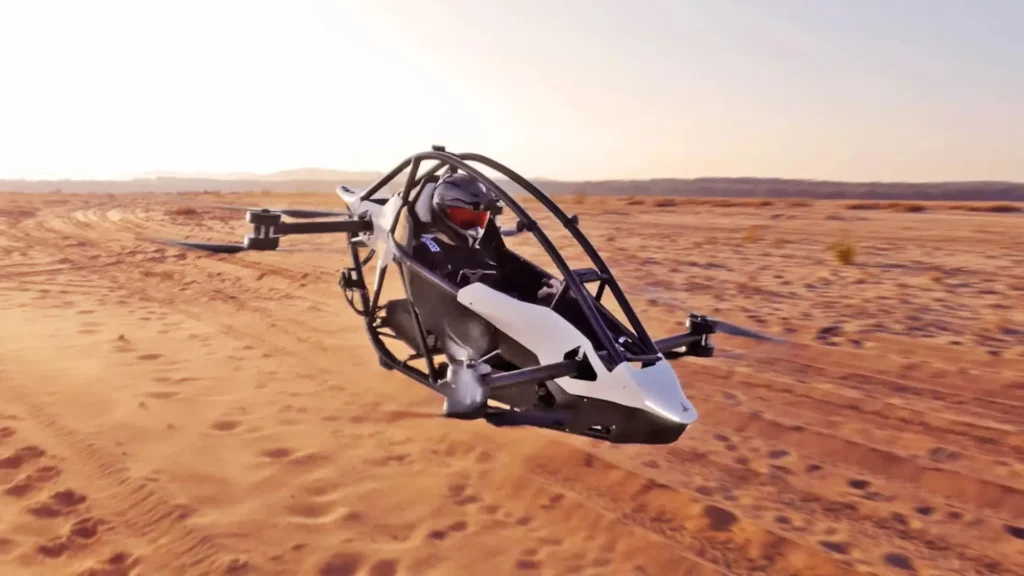
The Jetson ONE eVTOL was tested by its creator and achieves the first freestyle flight
Priced at $128,000, it has garnered more than 460 orders, with production running out until 2026.

Priced at $128,000, it has garnered more than 460 orders, with production running out until 2026.

The 300 MW gas turbine in China has the capacity to generate 450,000 kWh/hour and improve energy efficiency to 55%, an achievement that represents a major…
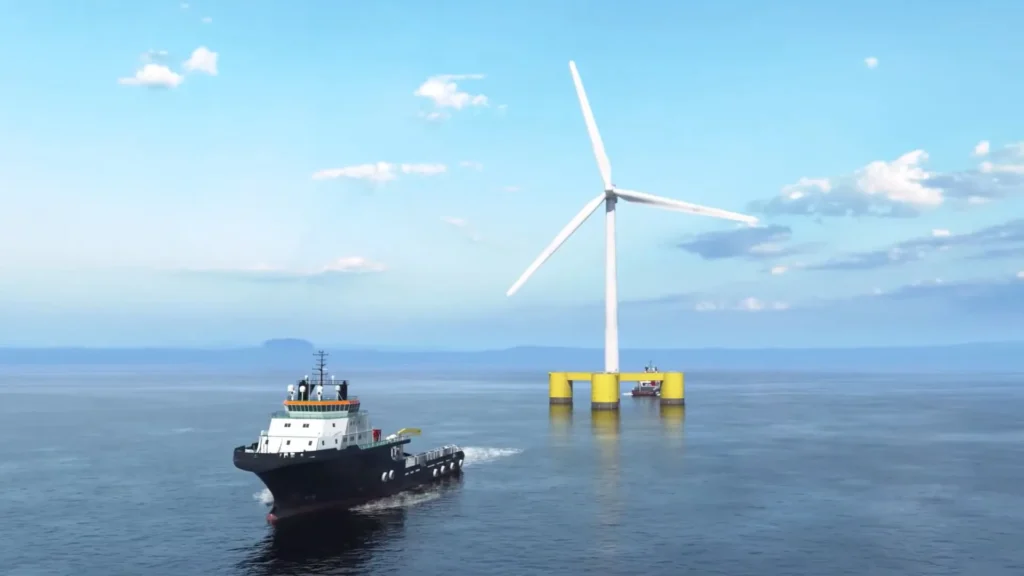
Mooreast has been involved in floating wind power projects in Japan and Europe and will bring its vast experience to bear in addressing the challenges facing…
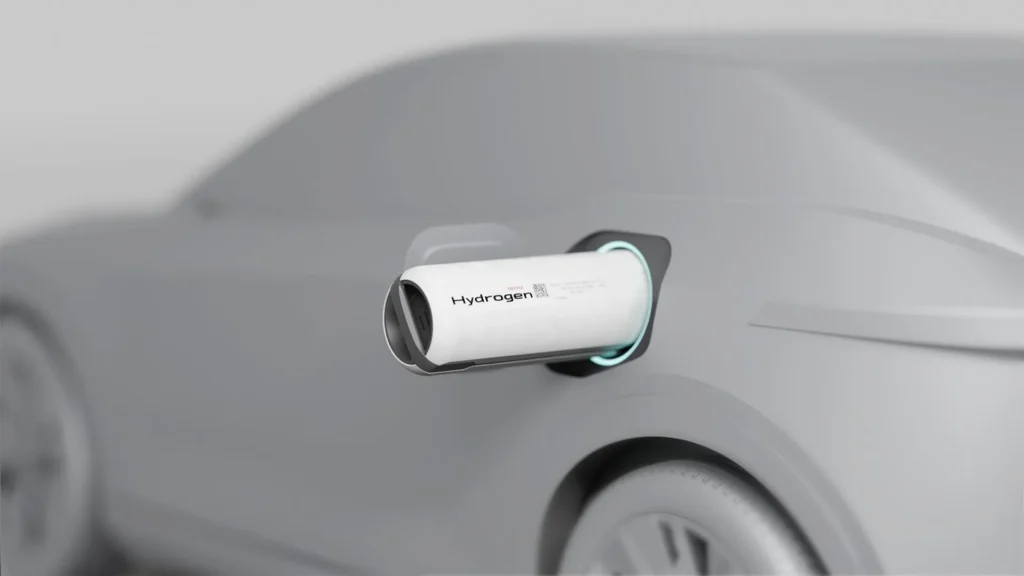
The Japanese company will present its innovative portable hydrogen cartridges, its hydrogen-powered GR Corolla and an energy storage system based on recycled batteries.
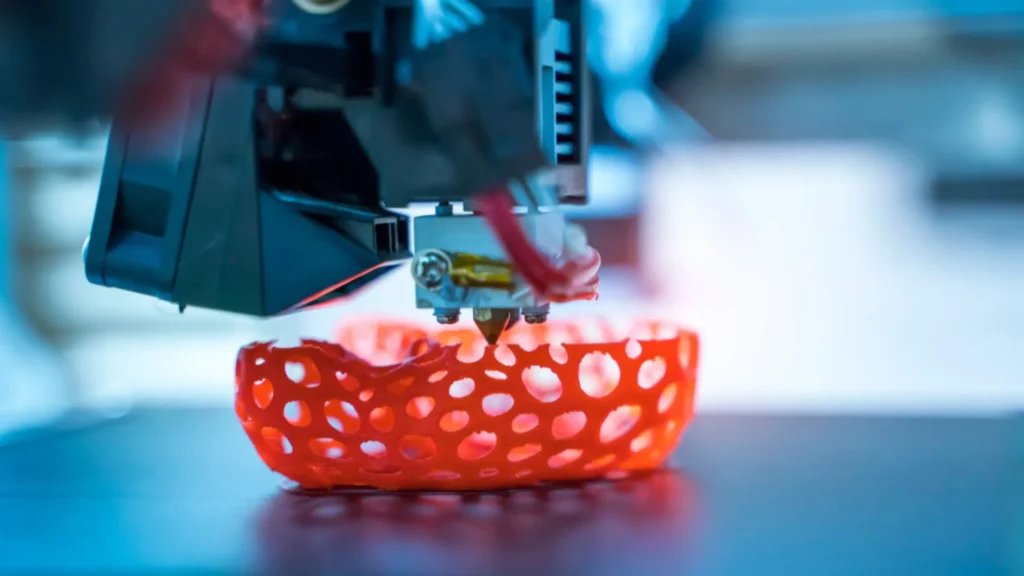
Hard-to-recycle plastics will no longer end up in landfills, but will instead be turned into filaments that can be used in 3D printers.

The battery uses carbon dioxide from the Martian atmosphere as fuel.

The fibers solidify instantly on contact with air and can adhere to objects, lifting them at a distance.
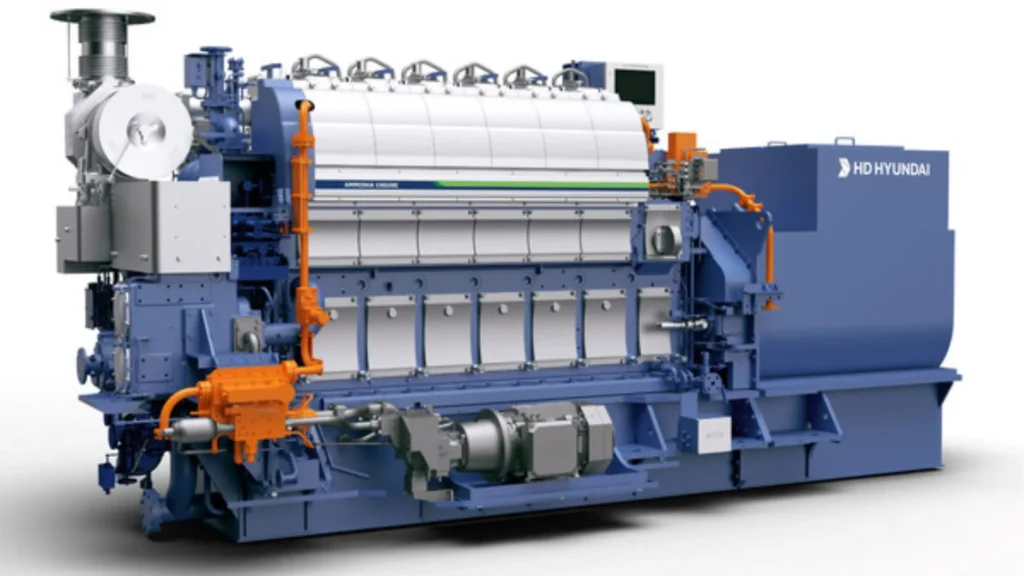
The H22CDF-LA engine is the world's first high-pressure direct injection engine, designed to minimise emissions on ships.

Argonne transforms brewery wastewater into clean jet fuel.

On October 9, the panel discussion “ New Tech, New Solutions: Innovating the NDT Energy Sector ” was broadcast live via LinkedIn and YouTube, bringing together…
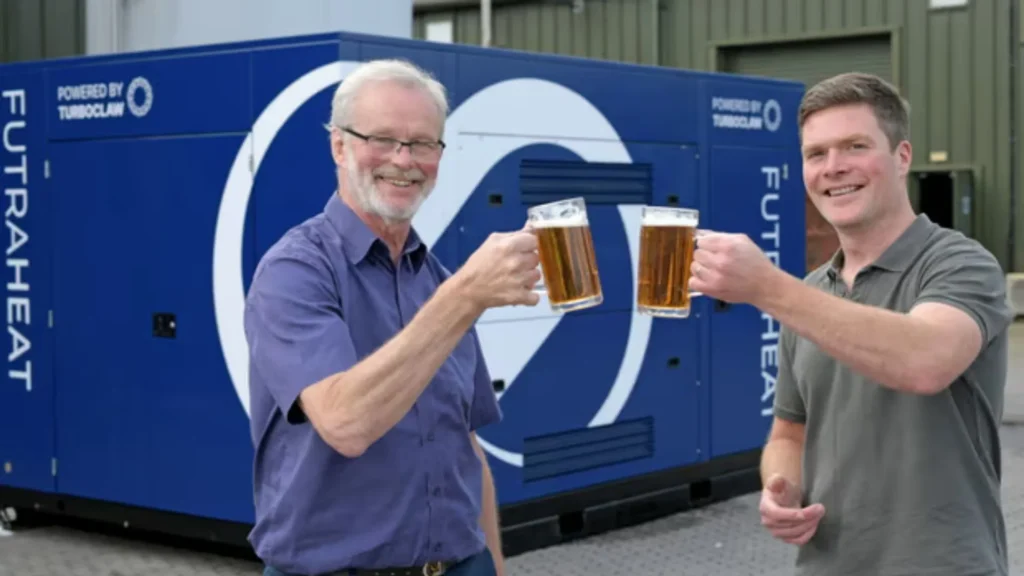
Its installation will reduce emissions by 90% and fuel costs by 40%.
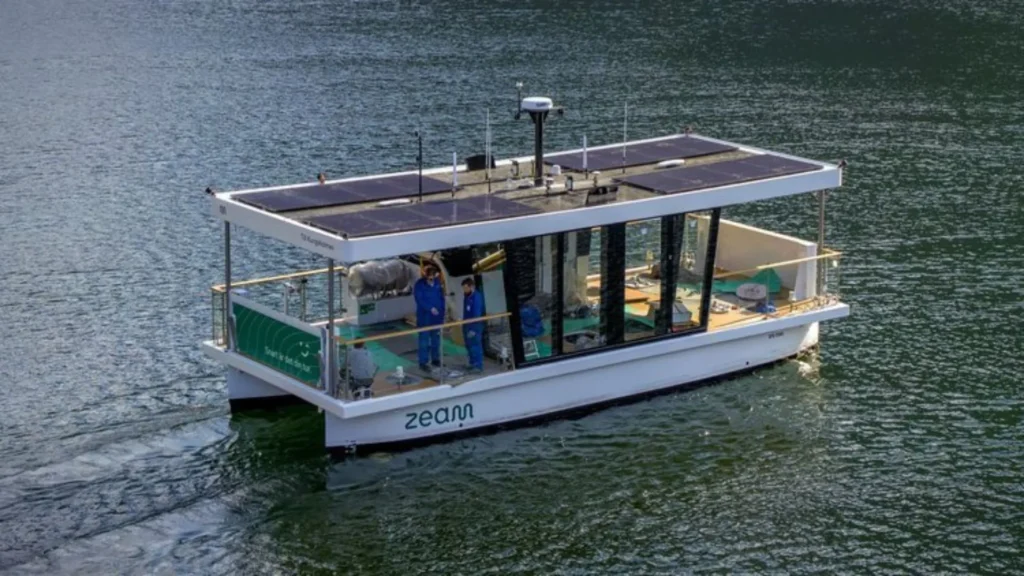
This test validates remote operation technology and the expansion of autonomous ferry fleets in maritime environments.